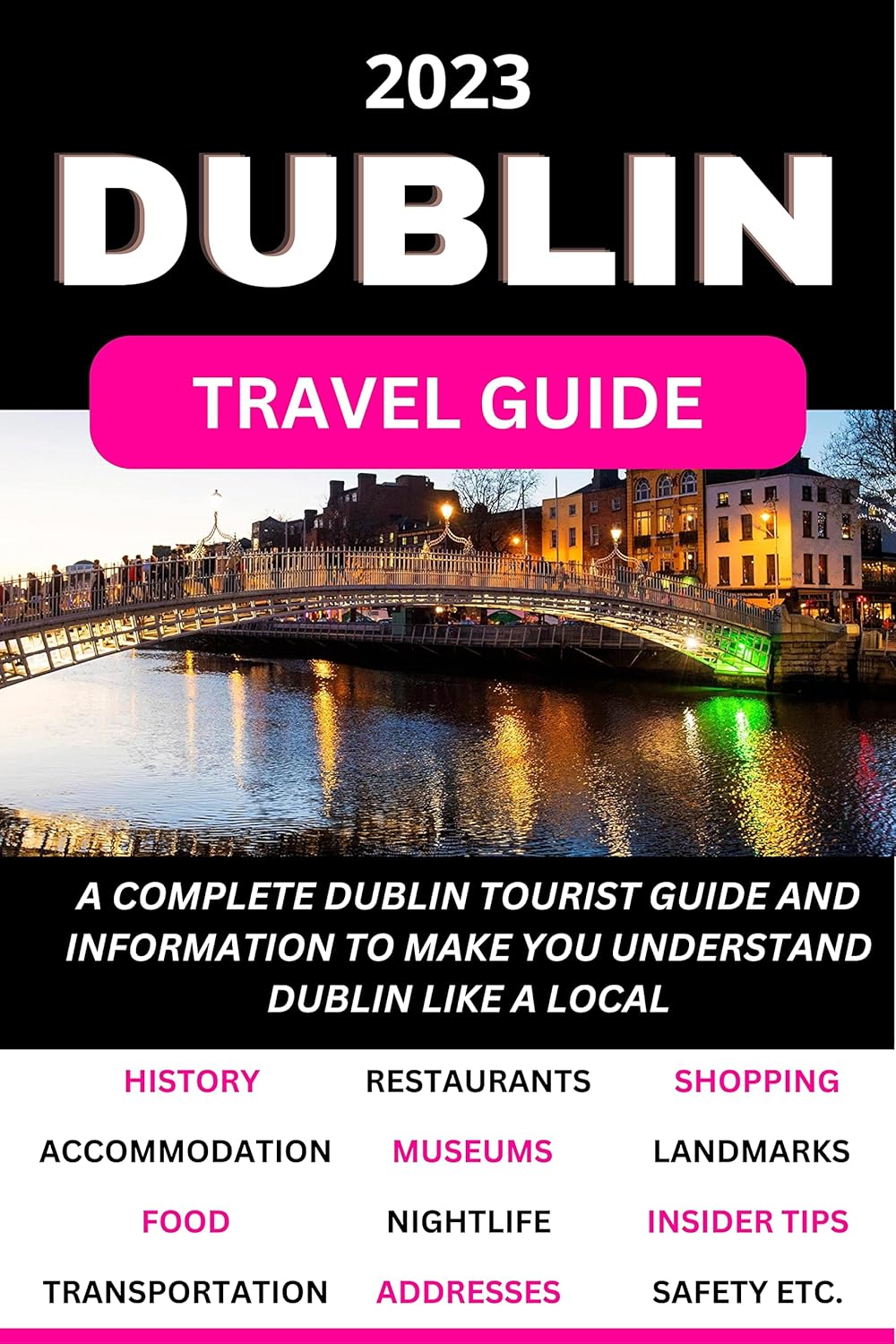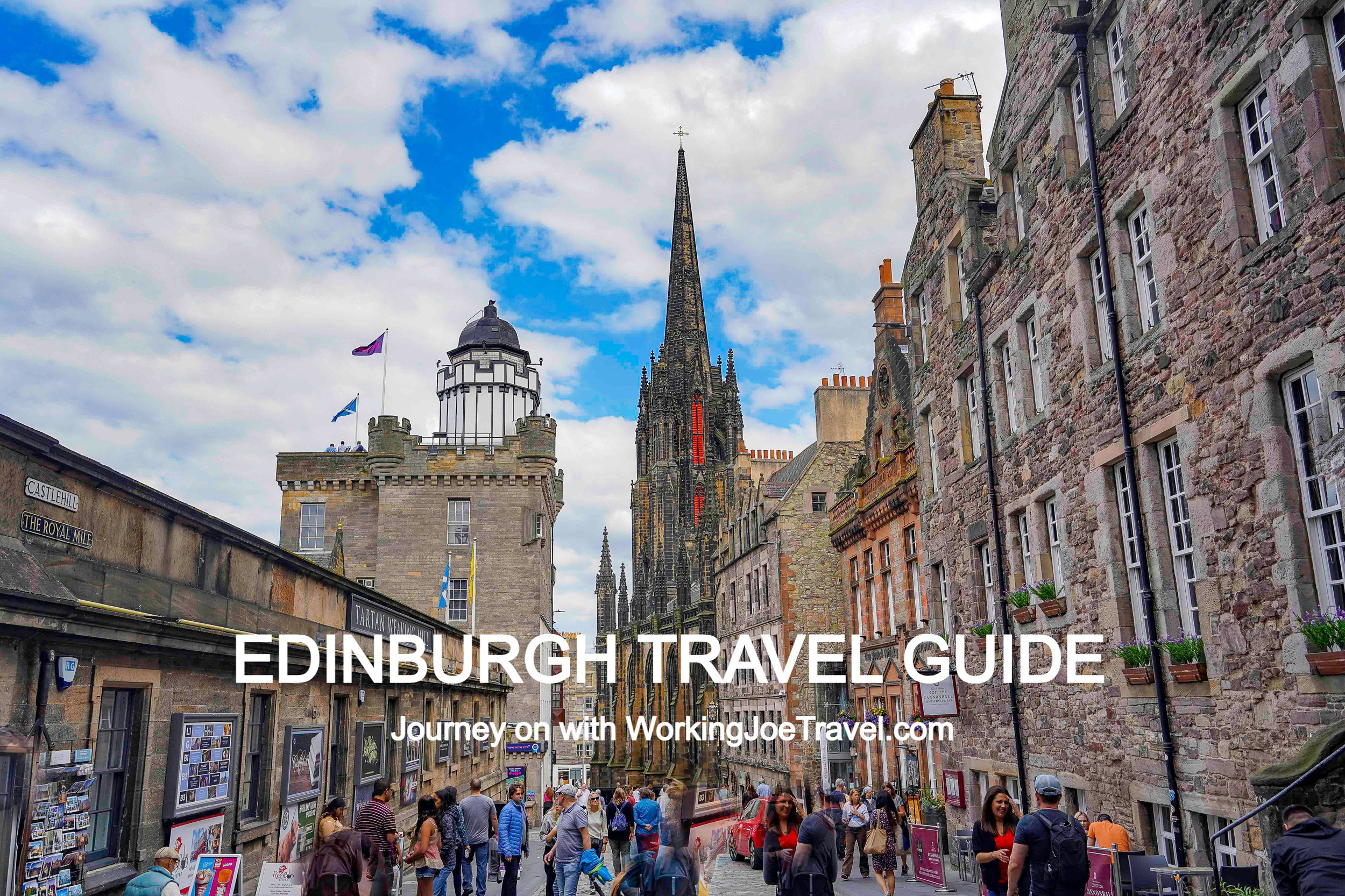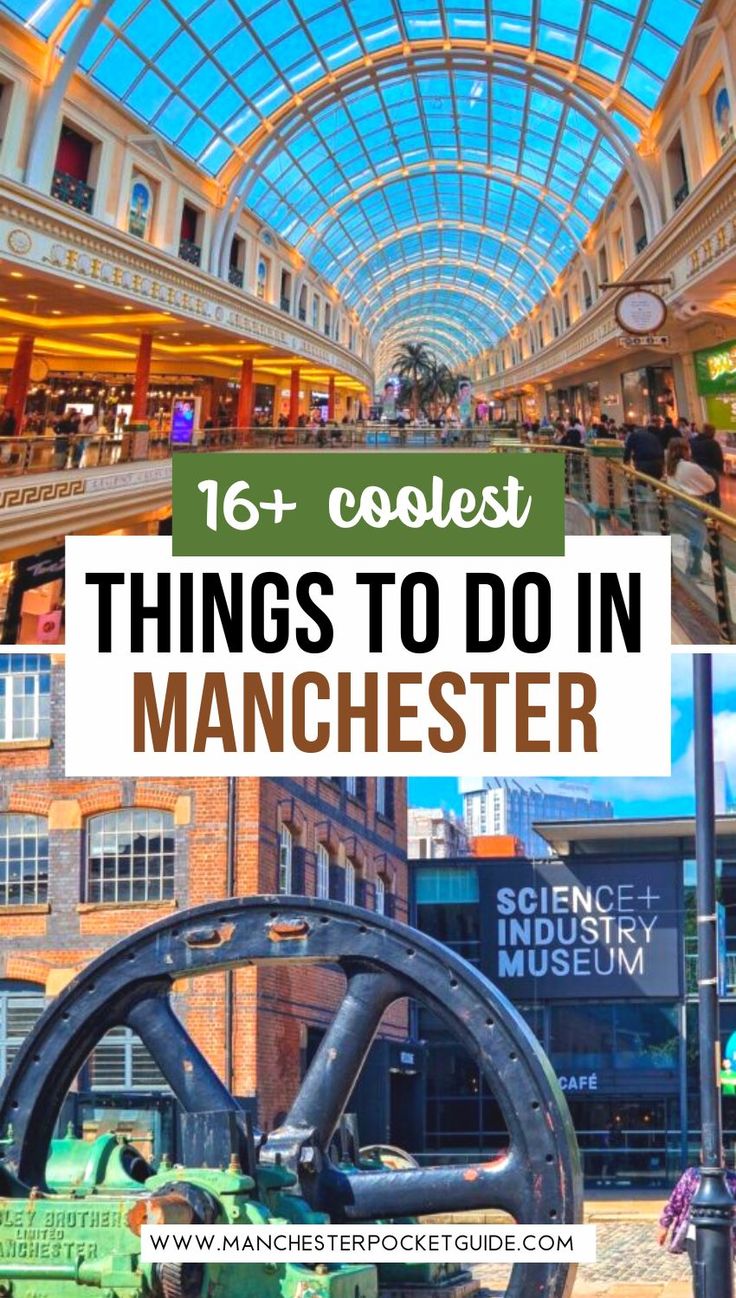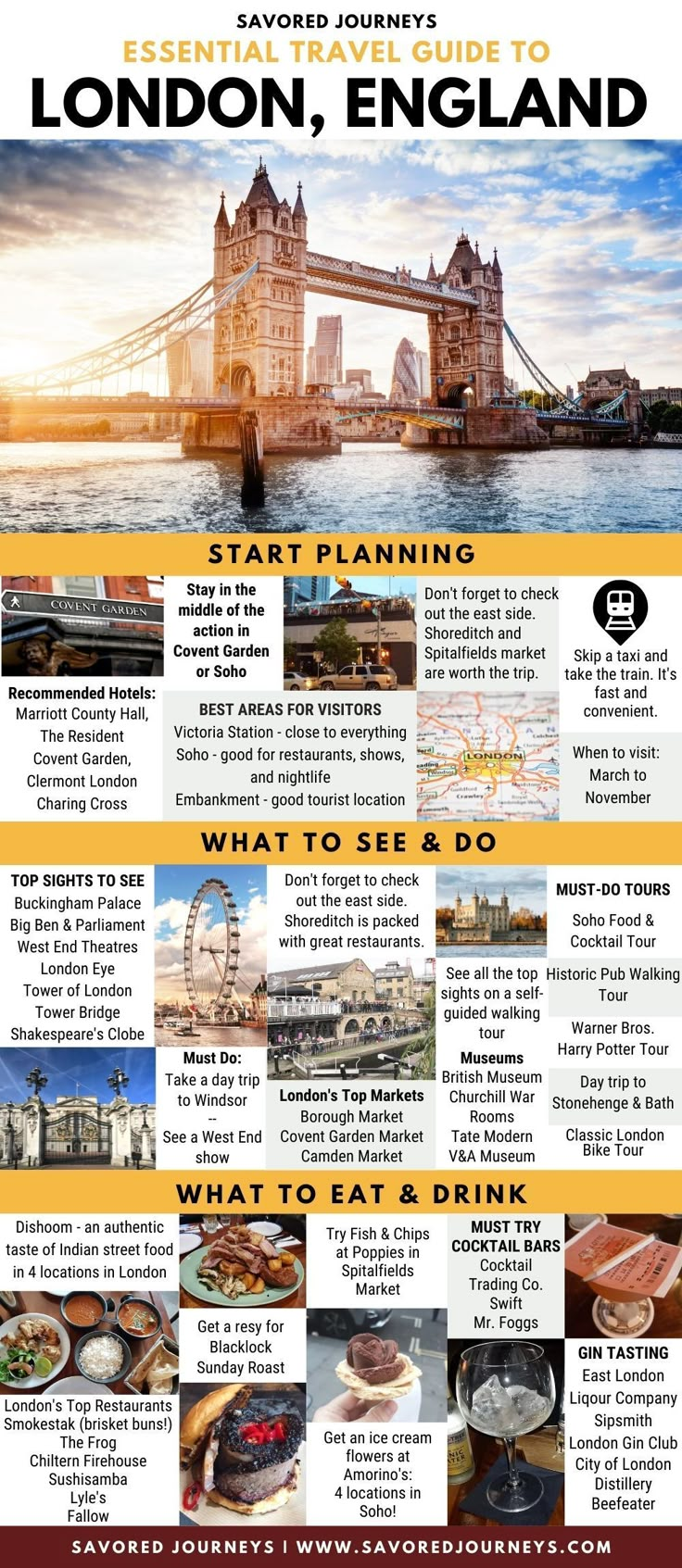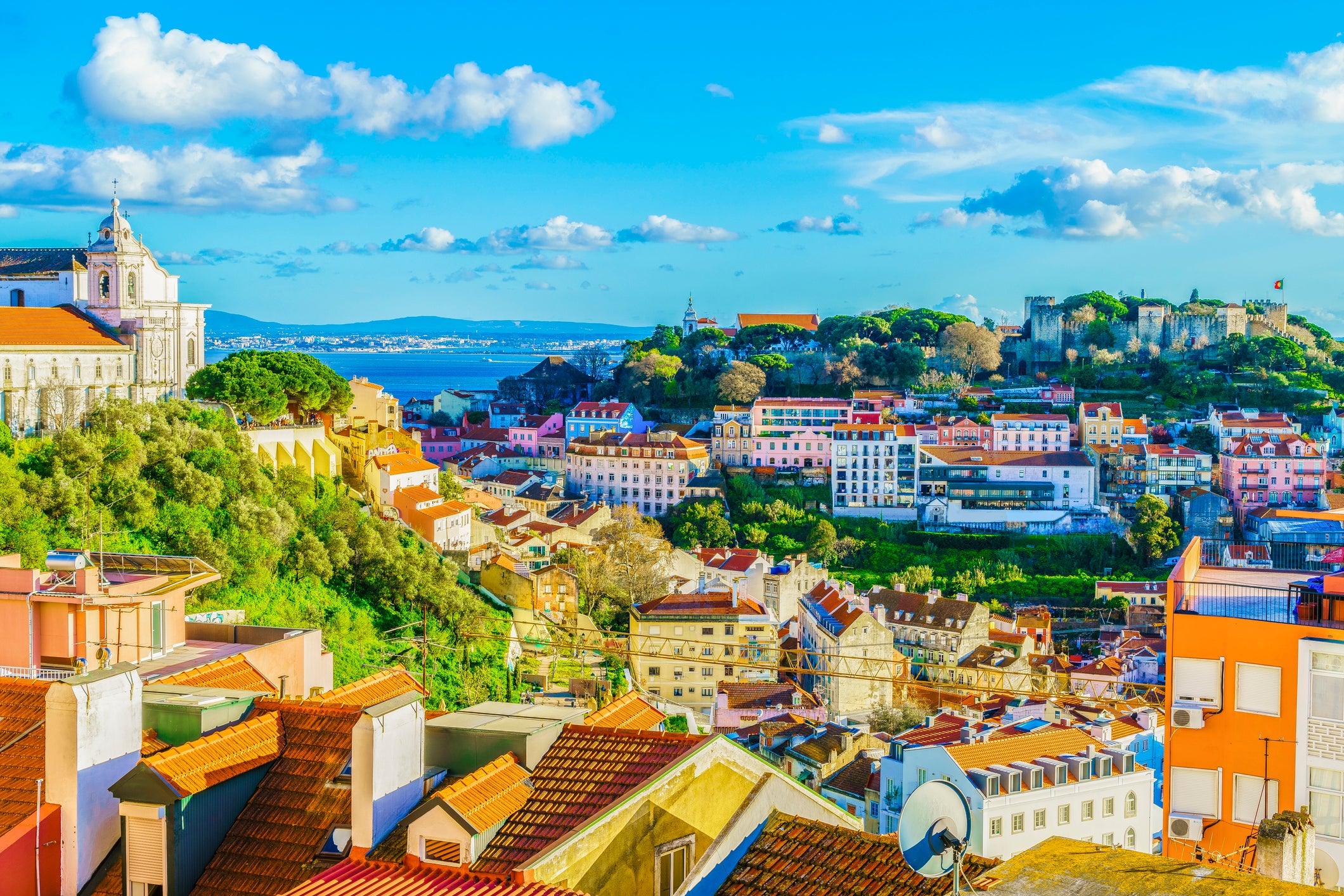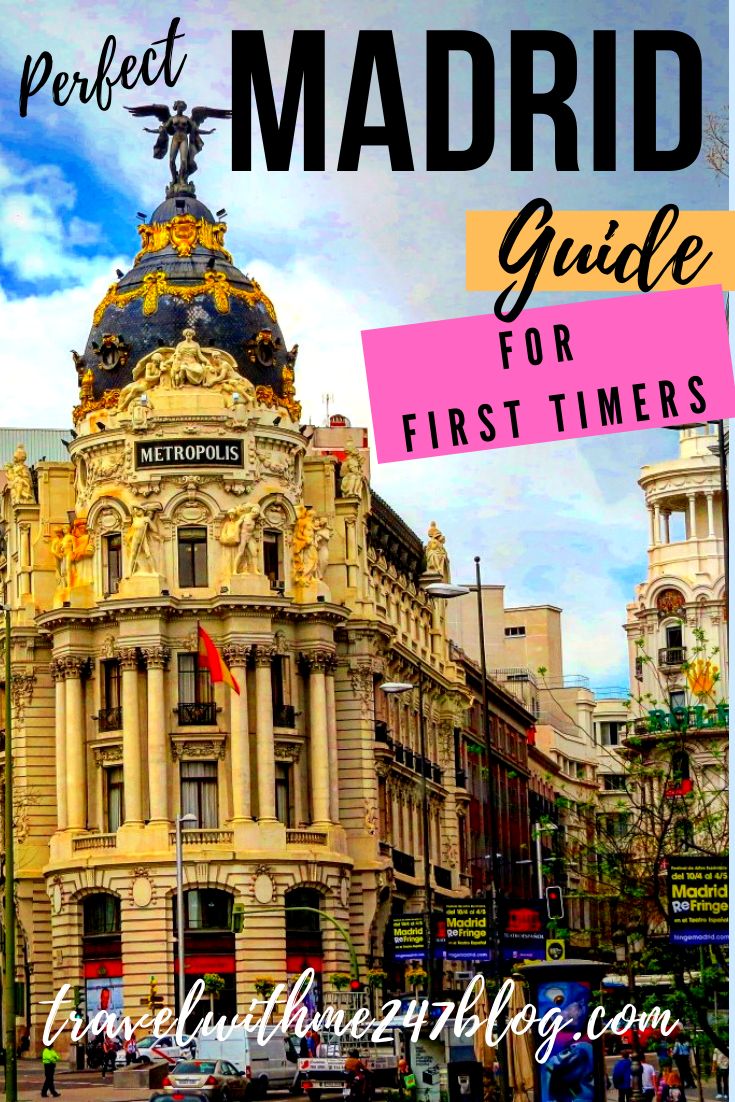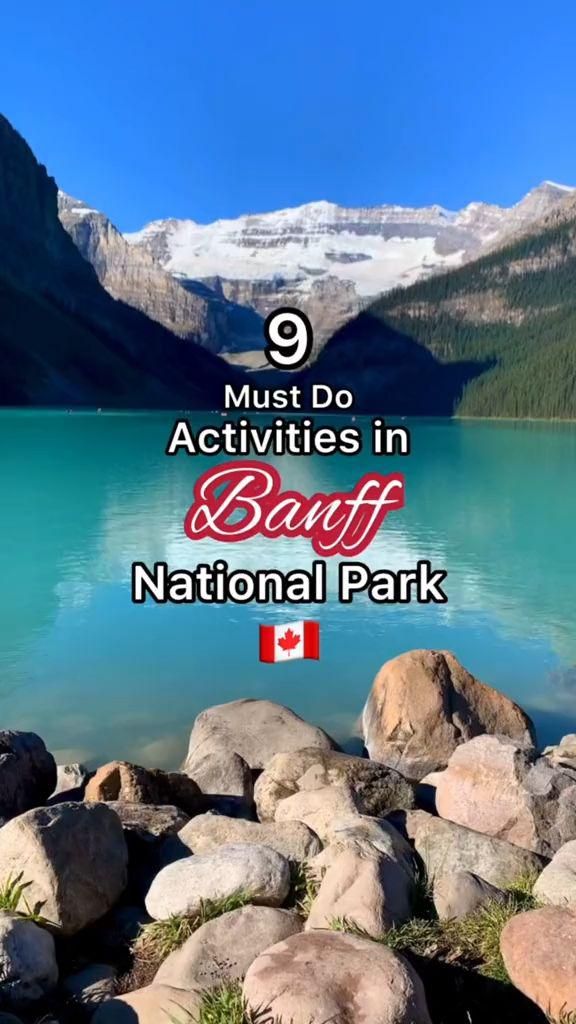
Banff National Park, nestled in the heart of the Canadian Rockies, is a destination that captures the soul. With its soaring peaks, turquoise lakes, abundant wildlife, and charming mountain towns, Banff offers an experience that transcends mere sightseeing. It’s a place to breathe in the crisp mountain air, connect with nature’s grandeur, and create memories that will last a lifetime. This comprehensive guide will equip you with everything you need to plan your perfect Banff adventure, from its fascinating history to practical travel tips and everything in between.
A Glimpse into the Past: The History of Banff National Park
Before the stunning landscapes of Banff became a global draw, they were the ancestral home of Indigenous peoples, including the Stoney Nakoda, Blackfoot, Ktunaxa, and Tsuut’ina First Nations. Their deep connection to the land and its resources shaped the area for millennia.
Related Articles about Banff National Park: Your Ultimate Guide to Majestic Mountains and Emerald Waters:
- The Great White North Beckons: A Comprehensive Guide to Experiencing the Best of Canada
- Discovering Denmark: A Comprehensive Travel Guide
- Florence: A Renaissance Masterpiece Where History Breathes and Art Captivates
- Cebu: A Traveler’s Guide to the Pearl of the Orient Seas
- Indonesia: An Archipelago of Wonders – Your Ultimate Guide to Exploring This Tropical Paradise
The story of Banff National Park as we know it began in 1883. Three railway workers stumbled upon the natural hot springs on Sulphur Mountain. This discovery led to a dispute over ownership of the springs, ultimately prompting the Canadian government to intervene. In 1885, they established a 26-square-kilometre reserve surrounding the hot springs, initially called the Banff Hot Springs Reserve. This marked the birth of Canada’s first national park and one of the earliest in the world.
Over the years, the park expanded and evolved. The construction of the Canadian Pacific Railway opened up the region to tourism, drawing visitors from across the globe. Banff townsite developed as a hub for visitors, and the park’s infrastructure, including roads, trails, and accommodations, grew to meet the demand. The park’s name was changed to Banff National Park in 1930, reflecting its growing importance and appeal.
The park’s history is a complex tapestry woven with threads of exploration, conservation, and cultural exchange. Understanding this rich past adds another layer of appreciation to your visit, reminding you of the enduring power and significance of this natural wonder.
Must-See Attractions: A Feast for the Senses
Banff National Park is a treasure trove of breathtaking sights, each more captivating than the last. Here are some of the must-see attractions that should be on your itinerary:
-
Lake Louise: Perhaps the most iconic image of Banff, Lake Louise is renowned for its turquoise waters, fed by the meltwater from glaciers. The Victoria Glacier provides a stunning backdrop, and the Fairmont Chateau Lake Louise adds a touch of fairytale charm. Enjoy a hike along the shoreline, rent a canoe for a leisurely paddle, or simply soak in the views.
-
Moraine Lake: Another gem of the Canadian Rockies, Moraine Lake is a photographer’s dream. The vibrant blue waters, framed by the Valley of the Ten Peaks, create a truly unforgettable scene. Access to Moraine Lake is limited, so plan ahead and consider taking a shuttle or arriving very early in the morning to secure parking.
-
Banff Avenue: The heart of Banff townsite, Banff Avenue is lined with shops, restaurants, galleries, and hotels. Stroll along the avenue, browse for souvenirs, and soak up the lively atmosphere. Don’t miss the iconic Banff Park Museum National Historic Site, which showcases the park’s natural and cultural heritage.
-
Sulphur Mountain Gondola: Ascend Sulphur Mountain via gondola for panoramic views of the surrounding mountains, valleys, and the town of Banff. At the summit, explore the boardwalk trails, visit the interpretive centre, and take in the breathtaking vistas.
-
Johnston Canyon: Hike through Johnston Canyon, a natural wonder carved by the Johnston Creek. The trail leads past cascading waterfalls and through narrow canyon walls. Choose from a variety of trail options, from easy strolls to more challenging hikes to the Upper Falls and Ink Pots.
-
Bow Lake and Peyto Lake: Located along the scenic Icefields Parkway, Bow Lake and Peyto Lake offer stunning photo opportunities. Bow Lake is easily accessible, while Peyto Lake requires a short hike to a viewpoint for the best views of its distinctive shape.
-
Lake Minnewanka: The largest lake in Banff National Park, Lake Minnewanka offers opportunities for boat tours, hiking, and wildlife viewing. Keep an eye out for elk, deer, and even bears in the surrounding areas.
-
Cave and Basin National Historic Site: This historic site marks the birthplace of Banff National Park. Explore the original hot springs cave and learn about the park’s origins and its significance.
-
Tunnel Mountain Trail: This relatively easy hike offers rewarding views of Banff townsite and the surrounding mountains. It’s a great option for a shorter hike with panoramic vistas.
Travel Tips for a Seamless Adventure
Planning your trip to Banff requires careful consideration. Here are some essential travel tips to help you make the most of your experience:
- Book Accommodations in Advance: Banff is a popular destination, especially during peak season (June-September). Book your hotels, lodges, or campsites well in advance to secure your preferred accommodation.
- Reserve Activities and Tours: Popular activities like gondola rides, boat tours, and guided hikes often require reservations. Book these in advance to avoid disappointment.
- Purchase a Parks Canada Pass: You will need a Parks Canada Discovery Pass or a daily park pass to enter Banff National Park. These passes help fund the park’s conservation efforts. Purchase them online or at the park entrance gates.
- Plan for Weather Changes: The weather in the Canadian Rockies can be unpredictable. Pack layers of clothing, including warm sweaters, a waterproof jacket, and sturdy hiking boots.
- Be Bear Aware: Banff is home to bears and other wildlife. Carry bear spray (and know how to use it), make noise while hiking, and store food properly to avoid attracting animals.
- Respect Wildlife: Maintain a safe distance from wildlife, never feed them, and avoid approaching or disturbing them.
- Drive Safely: Road conditions can vary, especially during winter. Be prepared for changing weather conditions, and drive cautiously, especially on the Icefields Parkway.
- Utilize Shuttle Services: During peak season, shuttle services are available to popular destinations like Moraine Lake and Lake Louise. This can help you avoid parking hassles.
- Stay Hydrated: Drink plenty of water, especially when hiking or engaging in outdoor activities.
- Leave No Trace: Pack out everything you pack in, stay on marked trails, and minimize your impact on the environment.
- Check Road Conditions and Trail Closures: Before heading out, check the Parks Canada website or visitor centres for road closures, trail closures, and any safety advisories.
- Download Offline Maps: Cell service can be spotty in the park, so download offline maps for navigation.
Best Time to Visit: Balancing Beauty and Crowds
The best time to visit Banff depends on your priorities:
- Summer (June-August): Offers the warmest temperatures, the longest daylight hours, and the most access to trails and attractions. However, it’s also the busiest and most expensive time to visit.
- Shoulder Seasons (May & September): Provide a good balance of pleasant weather, fewer crowds, and lower prices. May offers a chance to see spring wildflowers, while September brings stunning fall foliage.
- Winter (November-April): Transforms Banff into a winter wonderland, perfect for skiing, snowboarding, ice skating, and snowshoeing. Expect cold temperatures and limited access to some attractions. The Christmas period and March break are particularly busy.
Nearby Hotels: Where to Rest Your Head
Banff townsite offers a wide range of accommodation options, from budget-friendly hostels to luxurious hotels. Here are a few recommendations:
- Fairmont Banff Springs: A landmark hotel offering luxurious accommodations, stunning views, and a range of amenities.
- The Rimrock Resort Hotel: Located on Sulphur Mountain, this hotel offers spectacular views and convenient access to the gondola.
- Moose Hotel & Suites: A stylish hotel with spacious suites, a rooftop hot tub, and a central location.
- Douglas Fir Resort & Chalets: A family-friendly option with condo-style accommodations and a waterpark.
- Banff Park Lodge: A centrally located hotel with comfortable rooms and a variety of amenities.
- Hostels: For budget travellers, HI Banff Alpine Centre offers a range of dormitory-style rooms and private rooms.
Local Food: Fueling Your Adventures
Banff’s culinary scene offers a diverse range of options to satisfy every palate:
- Canadian Cuisine: Try classic Canadian dishes like poutine, maple syrup-infused dishes, and fresh seafood.
- International Flavors: Explore restaurants offering cuisines from around the world, including Italian, Asian, and Mexican.
- Local Breweries: Sample craft beers at local breweries like Banff Avenue Brewing Co. and Park Distillery Restaurant & Bar.
- Casual Dining: Enjoy burgers, pizzas, and sandwiches at casual restaurants and cafes.
- Fine Dining: Indulge in fine dining experiences at restaurants like Eden at the Rimrock Resort Hotel.
- Grocery Stores: Stock up on snacks and supplies at local grocery stores like IGA Banff and Nesters Market to prepare your own meals.
Transportation Options: Getting Around Banff
Getting around Banff is relatively easy, with several transportation options available:
- Driving: The most flexible option, allowing you to explore the park at your own pace. However, parking can be limited, especially during peak season.
- Shuttle Services: Shuttle services are available to popular destinations like Moraine Lake and Lake Louise, helping you avoid parking hassles.
- Public Transportation: Roam Public Transit operates buses within Banff townsite and to nearby destinations like Canmore and Lake Minnewanka.
- Walking: Banff townsite is easily walkable, allowing you to explore the shops, restaurants, and attractions on foot.
- Biking: Rent a bike and explore the park’s many trails.
- Taxis and Ride-Sharing: Taxis and ride-sharing services are available within Banff townsite, but they may be limited.
Conclusion: An Unforgettable Experience Awaits
Banff National Park is a destination that will leave an indelible mark on your soul. By understanding its history, planning your itinerary, and following these travel tips, you can create an unforgettable experience. Whether you’re gazing at the turquoise waters of Lake Louise, hiking through the majestic mountains, or simply enjoying the charm of Banff townsite, you’ll discover why this Canadian gem continues to captivate visitors from around the world. So, pack your bags, embrace the adventure, and prepare to be amazed by the natural wonders of Banff National Park.



